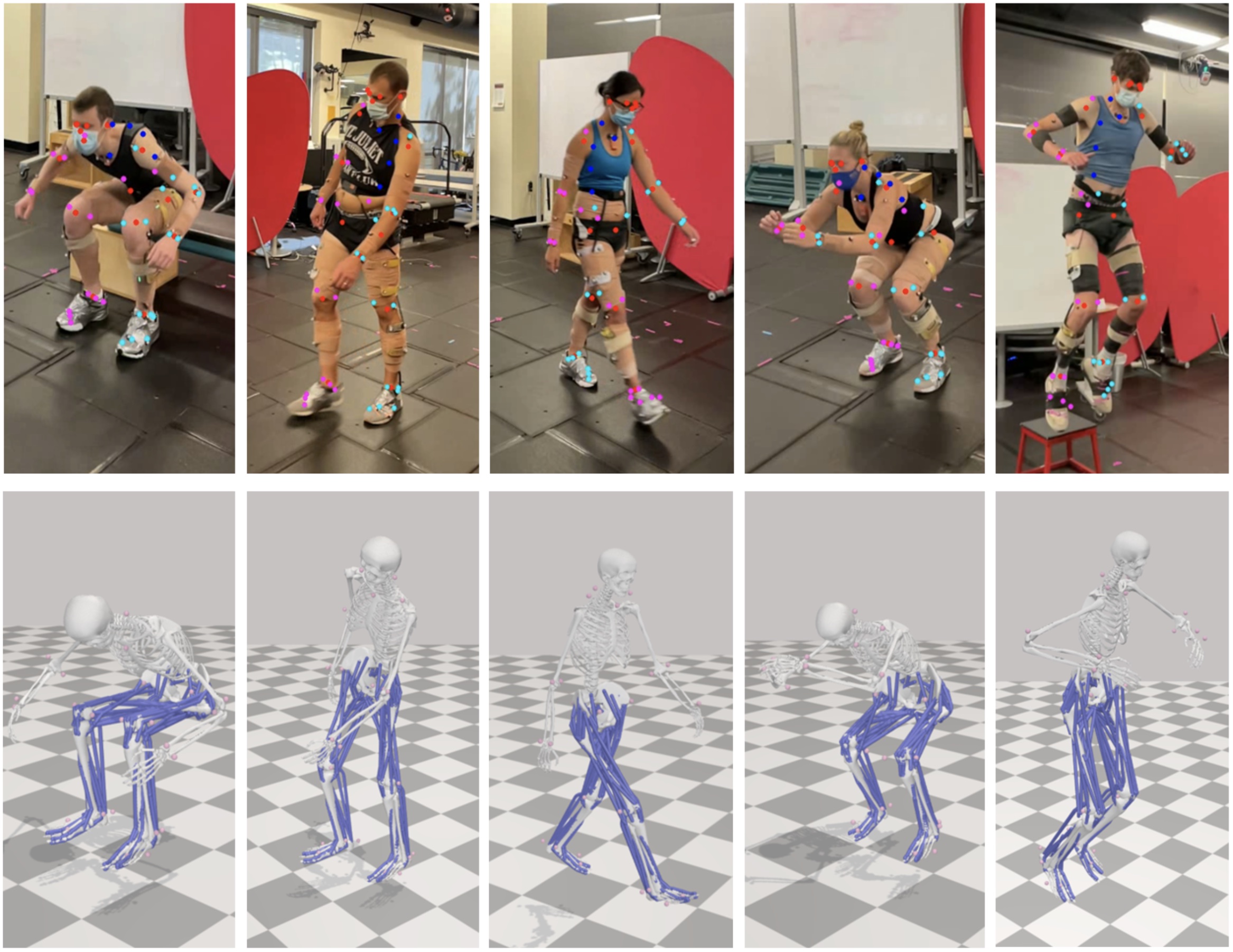Human Pose, Shape and Action
3D Pose from Images
2D Pose from Images
Beyond Motion Capture
Action and Behavior
Body Perception
Body Applications
Pose and Motion Priors
Clothing Models (2011-2015)
Reflectance Filtering
Learning on Manifolds
Markerless Animal Motion Capture
Multi-Camera Capture
2D Pose from Optical Flow
Body Perception
Neural Prosthetics and Decoding
Part-based Body Models
Intrinsic Depth
Lie Bodies
Layers, Time and Segmentation
Understanding Action Recognition (JHMDB)
Intrinsic Video
Intrinsic Images
Action Recognition with Tracking
Neural Control of Grasping
Flowing Puppets
Faces
Deformable Structures
Model-based Anthropometry
Modeling 3D Human Breathing
Optical flow in the LGN
FlowCap
Smooth Loops from Unconstrained Video
PCA Flow
Efficient and Scalable Inference
Motion Blur in Layers
Facade Segmentation
Smooth Metric Learning
Robust PCA
3D Recognition
Object Detection
OpenCapBench dataset

Pose estimation has promised to impact healthcare by enabling more practical methods to quantify nuances of human movement and biomechanics. However, despite the inherent connection between pose estimation and biomechanics, these disciplines have largely remained disparate. For example, most current pose estimation benchmarks use metrics such as Mean Per Joint Position Error, Percentage of Correct Keypoints, or mean Average Precision to assess performance, without quantifying kinematic and physiological correctness - key aspects for biomechanics. To alleviate this challenge, we develop OpenCapBench to offer an easy-to-use unified benchmark to assess common tasks in human pose estimation, evaluated under physiological constraints. OpenCapBench computes consistent kinematic metrics through joints angles provided by an open-source musculoskeletal modeling software (OpenSim). Through OpenCapBench, we demonstrate that current pose estimation models use keypoints that are too sparse for accurate biomechanics analysis. To mitigate this challenge, we introduce SynthPose, a new approach that enables finetuning of pre-trained 2D human pose models to predict an arbitrarily denser set of keypoints for accurate kinematic analysis through the use of synthetic data. Incorporating such finetuning on synthetic data of prior models leads to twofold reduced joint angle errors. Moreover, OpenCapBench allows users to benchmark their own developed models on our clinically relevant cohort. Overall, OpenCapBench bridges the computer vision and biomechanics communities, aiming to drive simultaneous advances in both areas.
Members
Publications
